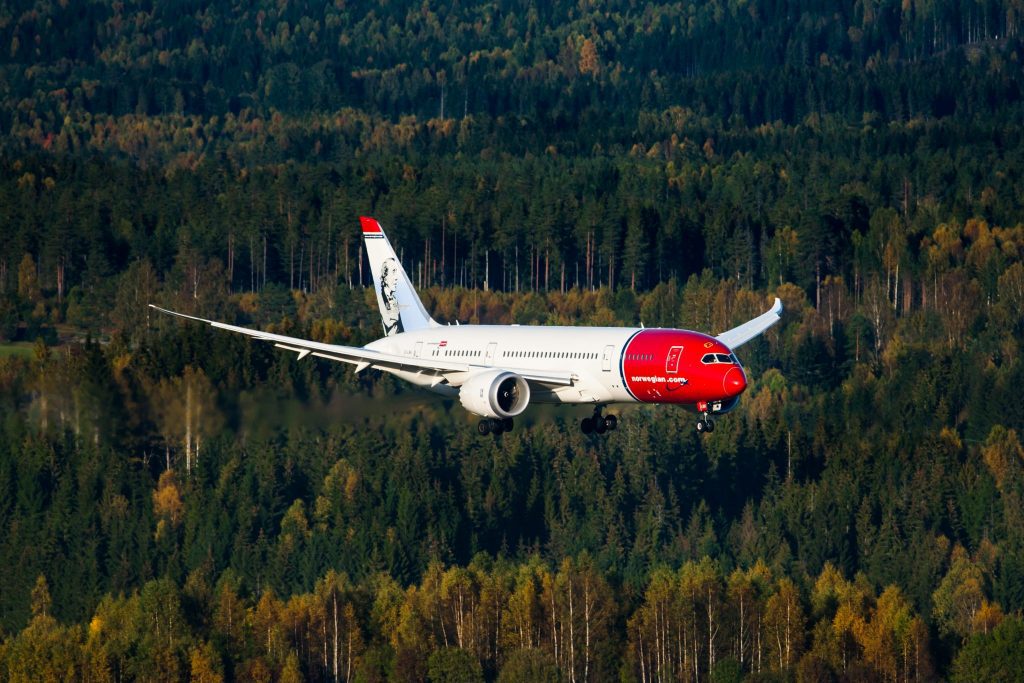Norwegian Air Just Might Have Found a Way to Save Itself

Skift Take
Well, well, well, who was expecting that? Not only did Norwegian beat stock market expectations on profitability, it announced details for its long-awaited joint venture and teased plans about a bold new direction.
Over the last year or so, Norwegian Air looked like it would follow carriers such as Air Berlin and Monarch into the aviation graveyard. Under a new leadership team, however, the company could be paving a path out of its financial mess.
On the back of a surprisingly good set of third-quarter results, the airline unveiled an ambitious turnaround plan for the next few years, which could see it radically reshape where it flies.
“We are committed to [making] the necessary changes. And it will be a tough road for us, and it will be a different Norwegian coming out of this, but it will be a stronger Norwegian at the end of the day,” Chairman Niels Smedegaard told analysts on Thursday.
He added: "We will have to fundamentally change how we work together and how we run and operate Norwegian."
This has meant the end to the h
